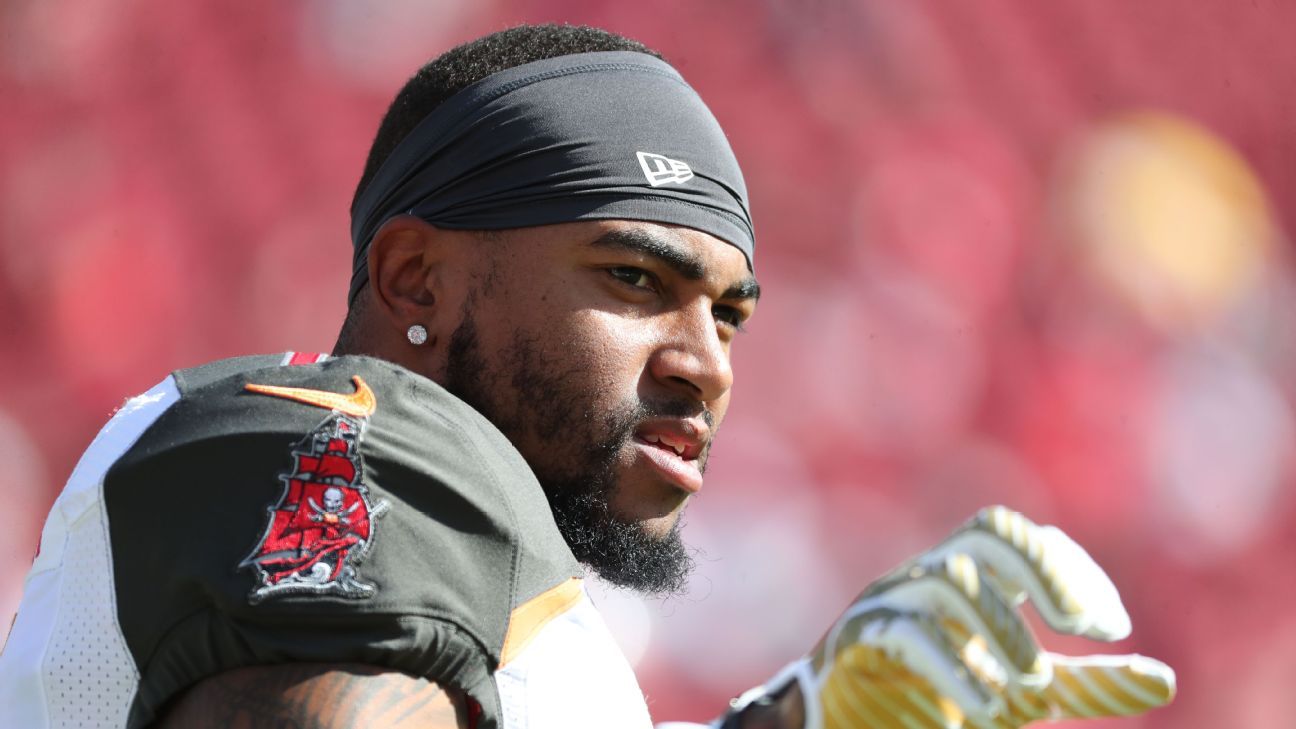PHILADELPHIA — Eagles chairman and CEO Jeffrey Lurie rolled out a striking stat at the NFL owners meetings a couple of weeks back, noting that 65 percent of the league is composed of first- to third-year players.
The league is getting younger. Football Outsiders has a metric called snap-weighted age, which shows the average age of players on the field has steadily declined since the website began tracking it in 2006, reaching a record-low average of 26.46 years in 2017. An Associated Press study found that average experience on NFL rosters has shrunk from 4.6 years to 4.3 years since 2005, with the number of players with five-plus years of service dipping from 714 to 644 in that span.
Why, then, are the Eagles seemingly pushing in the opposite direction?
The upcoming draft will increase this figure, but only 42 percent of the Eagles’ active roster is currently made up of first- to third-year players, well below the league average. An organization that used to be allergic to paying guys north of 30 years old was liberal in that department this offseason. It traded for DeSean Jackson (age 32) and signed Andrew Sendejo (31) and Vinny Curry (31). The other notable acquisition, Malik Jackson, is 29. According to ESPN Stats & Information research, the Eagles are one of two teams that added three players this offseason who will be at least 31 years old when the 2019 season begins, along with the Tennessee Titans. Philadelphia also gave new contracts to Brandon Graham (31), Jason Kelce (31) and Jason Peters (37).
Rosters change regularly, but Elias currently has Philly as the sixth-oldest team in the NFL (averaging 26.4 years of age), behind the New England Patriots (27.1), Buffalo Bills (27.0), Atlanta Falcons (26.9), New Orleans Saints (26.6) and Titans (26.6). The Eagles have 14 players who will be playing in at least their eighth NFL season in 2019.
There is risk involved in loading up on so many players with tread on the tire, but the Eagles see value in importing older players, in part because it is actually helping fuel the youth movement that is right around the corner.
There has been a philosophical shift in the way the organization views signing players that have hit the 30-year mark. Previously, the thought was that free-agent resources should be allocated to players in or entering their prime as opposed to those facing an inevitable decline. But the landscape has changed, and the Eagles’ approach along with it. Executive vice president of football operations Howie Roseman explained that teams are getting better at keeping their good, young players. The free agents who are making it to the market in their mid-20s now tend to be lower-impact players with inflated price tags. Why spend significant money on that level of talent when you can get a slightly older and more productive player at a discount?
“Players are playing longer, the science is better in keeping those guys healthier, and so you have opportunity to get these guys,” Roseman said. “We’d rather have really good players instead of maybe signing lower-level starters or guys who are rotational players or backups who are maybe two years younger.”
The Eagles also are getting heavy into the compensatory-pick game. Signing players who have been cut — including Malik Jackson and Curry — doesn’t count against the comp-pick formula, increasing the odds of getting extra quality draft choices when those comp picks are handed out.
“It definitely goes into the equation when we’re looking at players,” Roseman said. “If you have a player that’s a comparable talent level or maybe even a little bit better talent level but is maybe a year or two older, and you can combine that with the draft pick that you’re getting, that’s a huge factor for us when we’re looking at that equation.”
In that way, these older players are helping the Eagles get younger.
Philly has no regrets about trading away a wealth of picks to move up and select Carson Wentz No. 2 overall in 2016. The Eagles believe they have landed a franchise quarterback who will give them a chance to do some special things for the next decade. But it did come at a cost. They have had just seven picks in the first three rounds over the past three years, mostly because of that trade with the Cleveland Browns. In that sense, they’ve had little choice but to bring in older players over that time to field a competitive roster.
They have since built the draft capital back up. The Eagles hold three picks in the first two rounds of this month’s draft and seven overall; and by Lurie’s estimation, the team will have a total of about 20 selections over the next two drafts, when you factor in the comp picks. That will infuse the roster with a host of cheaper, younger players just as the Eagles get ready to sign Wentz to a mega-deal.
“So, when you look ahead over the next 13 months, we’re going to be adding about 20 draft choices, you’re going to have some undrafted players make the team, and so you can imagine there’s going to be about 20 to 25 players that are going to be 22 years old, 23 years old, on our roster. And we planned for that,” Lurie said.
“An interesting stat in the league … is that I think 65 percent of the players in the league are in their first to third years. So, when you think about that, and where we’ll be in about 13 months, I bet we’re pretty close to that.”
